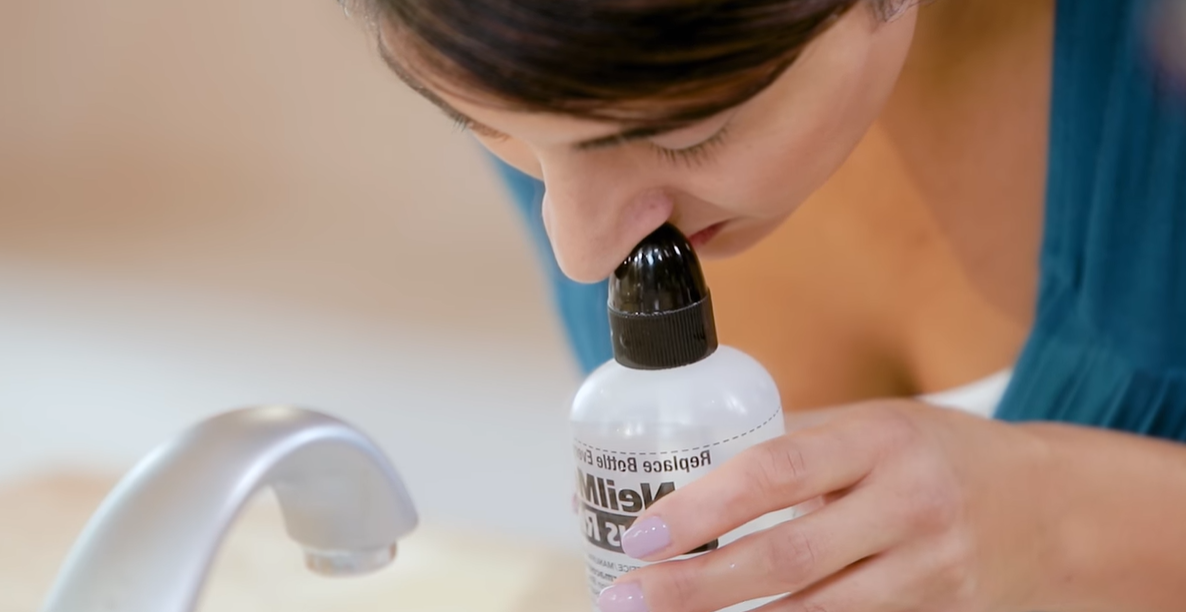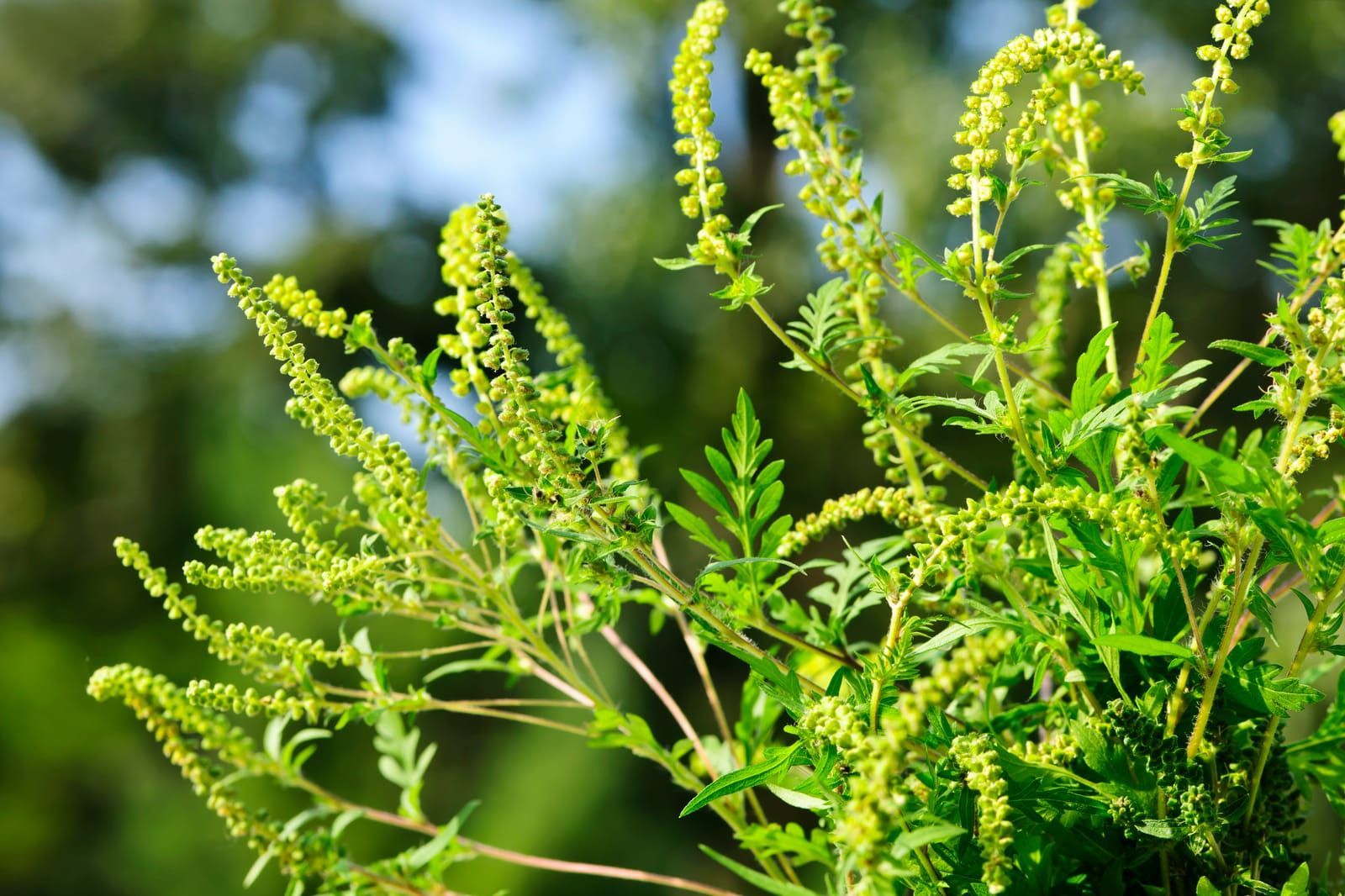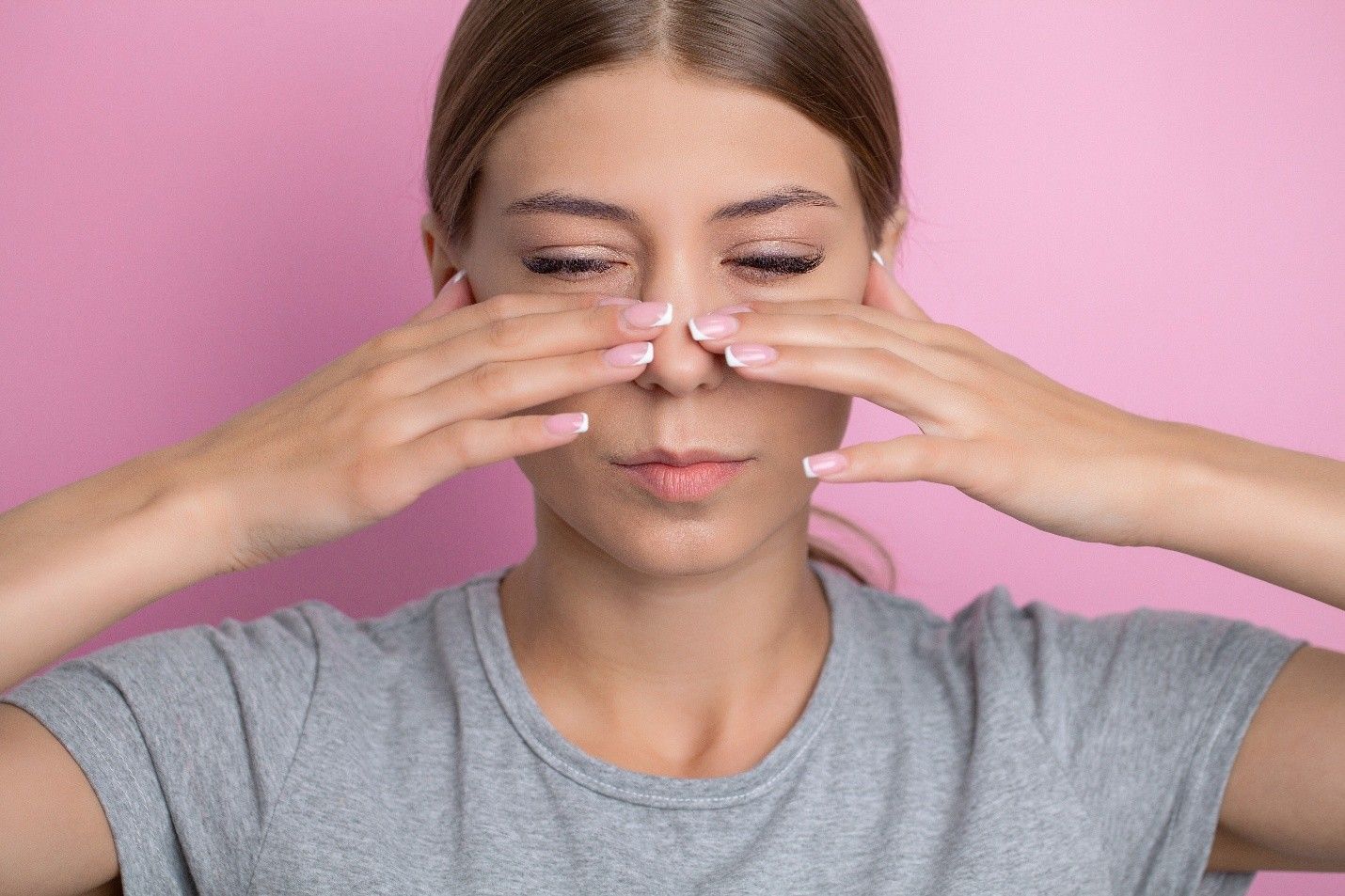How to Do Nasal Irrigation: Step-by-Step Guide
Did you know that nasal irrigation can help clear your sinuses and relieve congestion? Whether you're battling allergies or a cold, or just wanting to maintain optimal nasal health, this simple practice can make a world of difference!
Ready to give it a try? Here are a few tips to get started.
How Does Nasal Irrigation Work?
Nasal irrigation involves rinsing your nasal passages with a saline (saltwater) solution. This process helps thin mucus, reduce inflammation, and clear out allergens and other irritants, providing relief from symptoms of sinus infections, allergies, colds, and flu. You can use various devices, such as neti pots, squeeze bottles, or nasal sprays to deliver the saline solution effectively.
What Are the Benefits of Nasal Irrigation?
Some benefits of nasal irrigation include:
- Relief from nasal congestion and sinus pressure
- Reduction of allergy symptoms
- Improvement of sinus health and function
- Moisturization of dry nasal passages
- Decreased frequency of sinus infections
Isotonic Nasal Irrigation Formulation
Before you begin, make sure you have the following items:
Isotonic Saline
1-2 teaspoons of canning/pickling salt (non-iodized salt)
1-2 teaspoons of baking soda
1 quart of boiled or distilled water
(Do not use until the solution reaches room temperature)
Isotonic Formulation Recipe
- Choose a 1-quart glass jar that is thoroughly cleansed.
- Fill with sterile or distilled water, or you can boil water from the tap (If boiling, do NOT use until the solution reaches room temperature).
- Add 1-2 heaping teaspoons of pickling/canning salt (NOT table salt, as it contains a large number of additives). This salt is available at the grocery store in the food canning section.
- Add 1-2 heaping teaspoons of Arm & Hammer baking soda (pure bicarbonate).
- Mix ingredients together and keep at room temperature for up to 24 hours. If you find this solution too strong, you may decrease the amount of salt added to 1 to 1 ½ teaspoons. With children, it is often best to start with a milder solution and advance slowly. Irrigate with 100 ml (3 1/3 oz) twice daily.
Step-by-Step Instructions on How to Properly Perform Nasal Irrigation
- Place 240 ml (or fill to the indicated line) in the rinse bottle or draw the solution into the 60 ml Toomey syringe.
- Stand over a sink/tub. Bend over at the waist (head facing towards the floor), turn your head to one side, and insert the tip of the syringe into the nose. Open your mouth.
- With gentle pressure, push the solution into your nostril aiming straight to the back of your head (NOT the top of your head, i.e. syringe should not point up your nose towards your eyes)
- Let the solution run into the sink/tub from your nose and mouth.
- Irrigate each nostril with 2 syringes full of solution or one full rinse bottle 3 times daily.
- Note: DO NOT put your used syringe back into the quart because it contaminates your solution. Always pour the amount of fluid you plan to use into a clean bowl.
Note: Most people experience a little burning sensation the first few times that they use the solution, but this usually goes away within a few days.
Tips for Success
- Stay Relaxed: Take your time and stay relaxed throughout the process. If you feel discomfort, pause and breathe deeply.
- Use Distilled Water: Always use distilled or boiled water for your saline solution to avoid introducing harmful bacteria.
- Frequency: Depending on your needs, nasal irrigation can be done daily or several times a week. Consult with your healthcare provider for personalized recommendations.
- Consult an ENT Professional: If you have concerns about nasal irrigation or specific health conditions, consult an ENT doctor like Jacksonville Sinus & Nasal Institute before starting.
Remember to stay consistent with your nasal irrigation routine for the best results. If you have any questions or concerns about the process, don’t hesitate to reach out to our team for assistance. At Jacksonville Sinus & Nasal Institute, we are committed to providing top-notch care for your sinus and nasal health. Happy irrigating!
FAQs
Does nasal irrigation help chronic rhinitis?
Yes. Regular saline irrigation can reduce congestion, flush allergens, and soothe irritated nasal passages, making it helpful for patients with chronic rhinitis.
How often should I do nasal irrigation?
Most patients benefit from rinsing once or twice daily during allergy season or sinus flare-ups. Your doctor may recommend a different frequency based on your condition.
Can nasal irrigation prevent sinus infections?
While it does not guarantee prevention, nasal irrigation helps keep the nasal passages clear of bacteria, allergens, and irritants, which lowers the risk of recurrent infections.
Is nasal irrigation safe for children?
Yes, when performed correctly with age-appropriate devices and saline solutions, nasal irrigation can be safe for children. Always consult a pediatrician before starting.
What solution is best for nasal irrigation?
Isotonic saline (a balanced mix of salt and water) is safest for daily use. Pre-mixed saline packets are convenient and ensure the right concentration.













